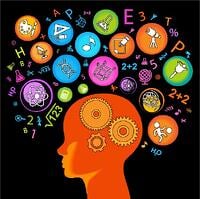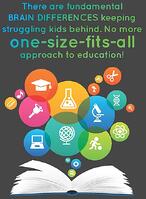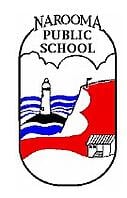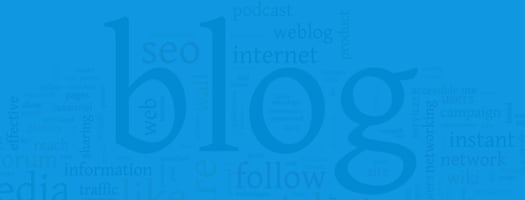Is Dr Norman Doidge's New Book as Groundbreaking as His First One?
Will Dr Norman Doidge's new book "The Brain's Way of Healing" have the same dramatic impact as his original best seller " The Brain That Changes Itself", which has sold over 1 million copies?
In "The Brain That Changes Itself" Dr Doidge alerted us to "brain plasticity", our brain's ability to change its structure and capabilities in response to experiences and training. This book increased our understanding of the power and potential of everyone's brains - young or old .
Now seven years later, his second book seeks to extend this theme.


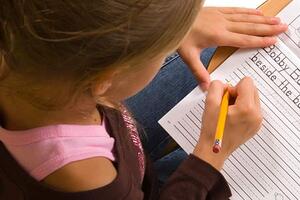

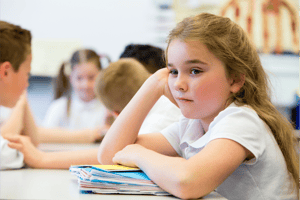
.jpeg?height=200&name=banner%20learn-ga9a09e839_1920%20(1).jpeg)
